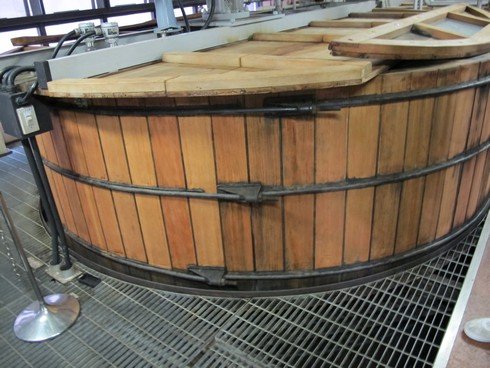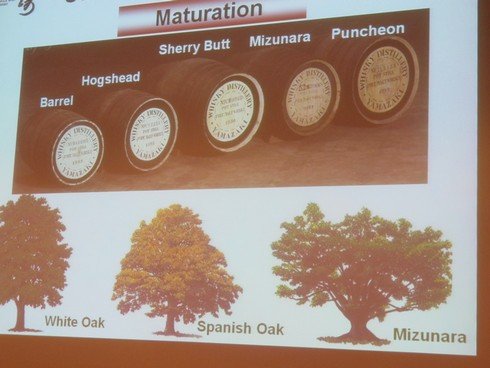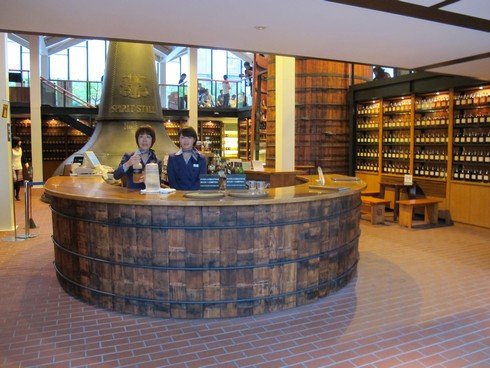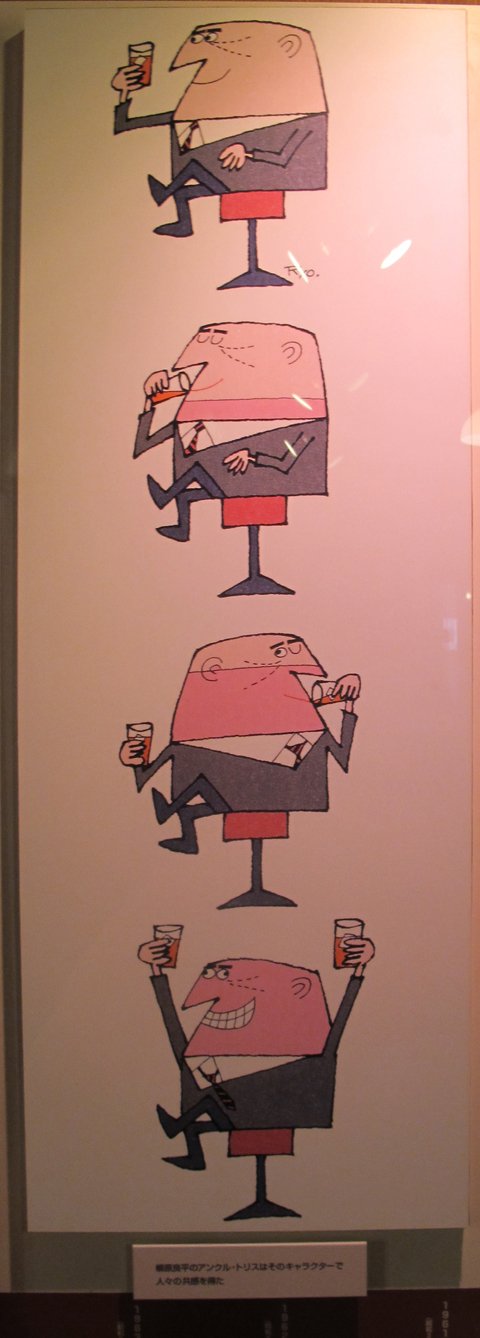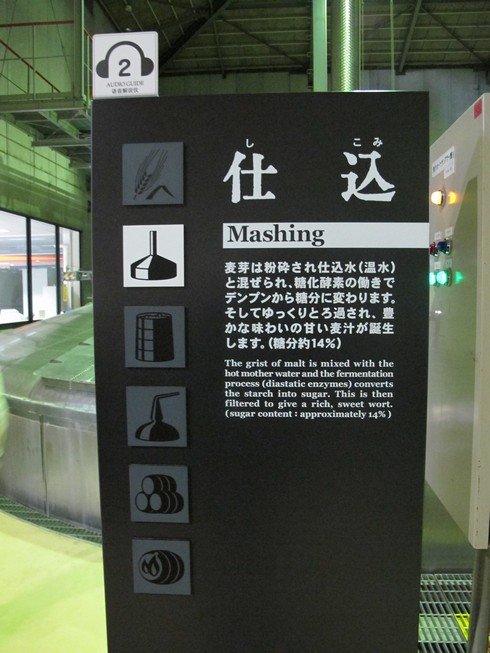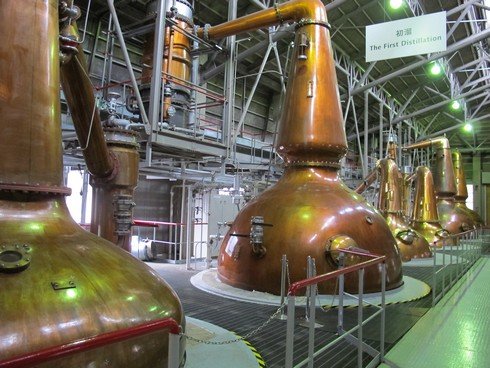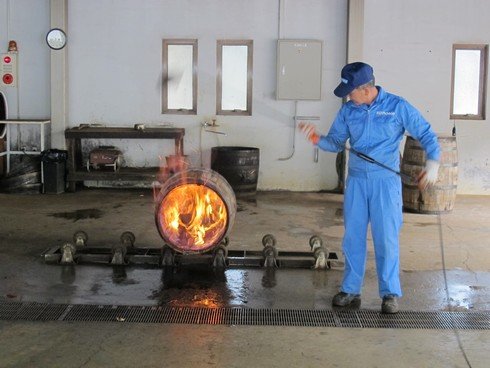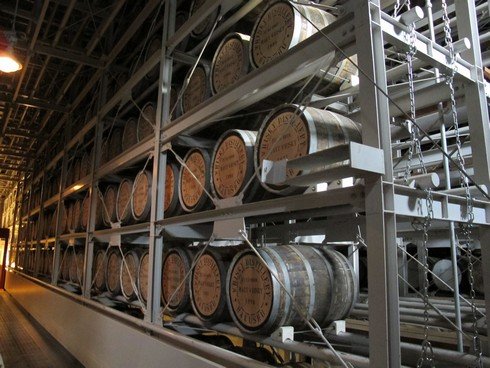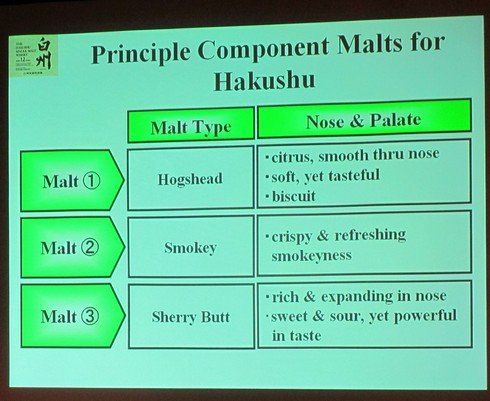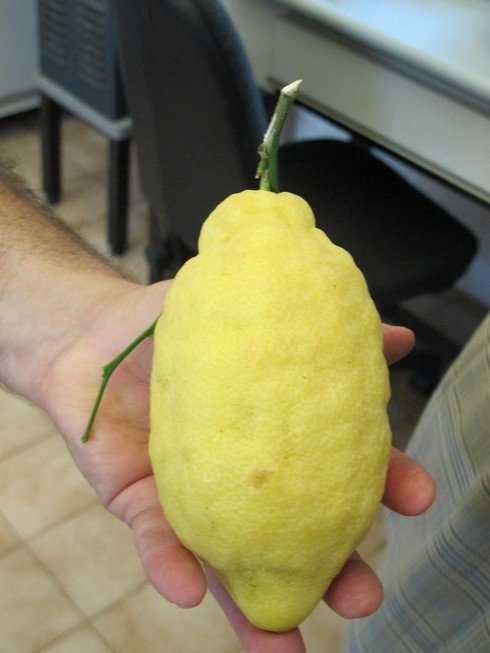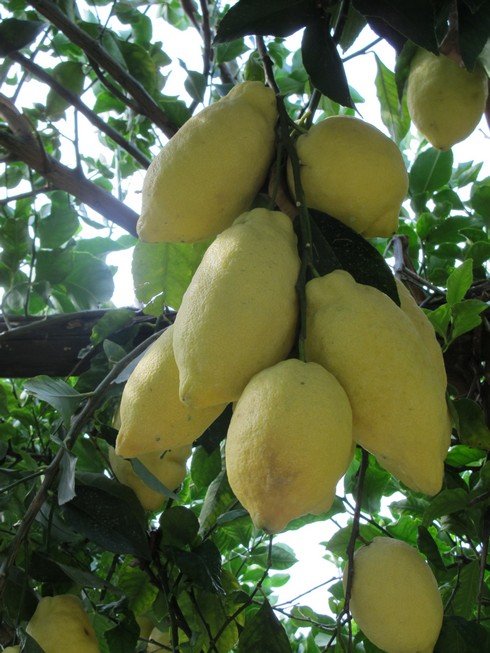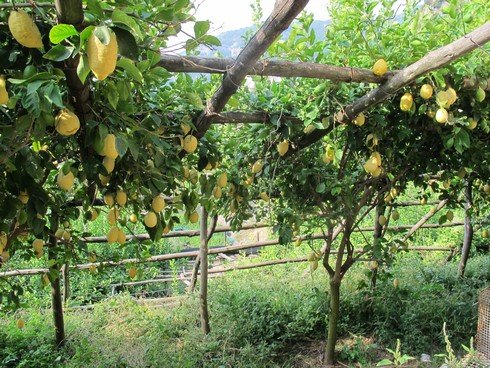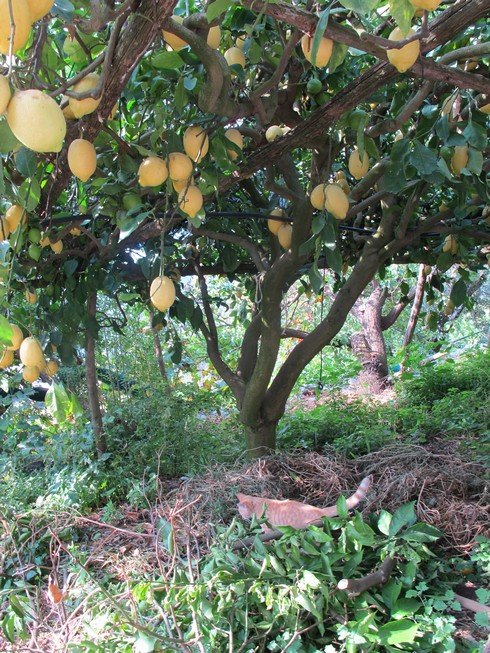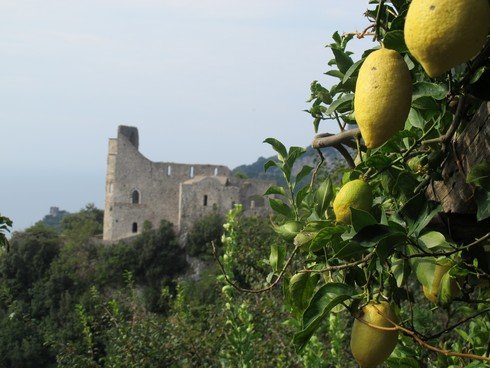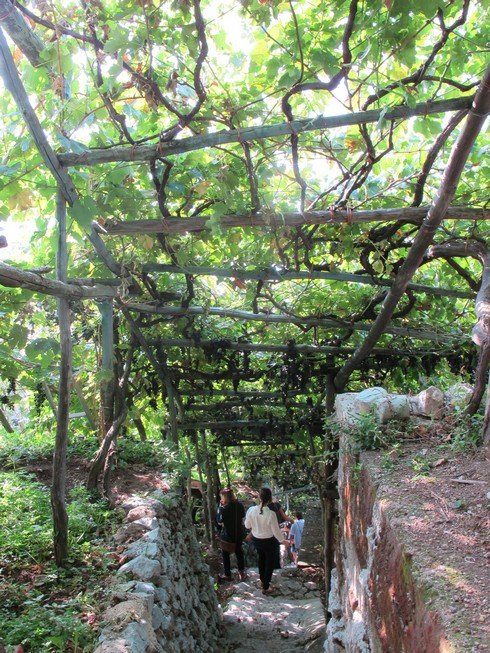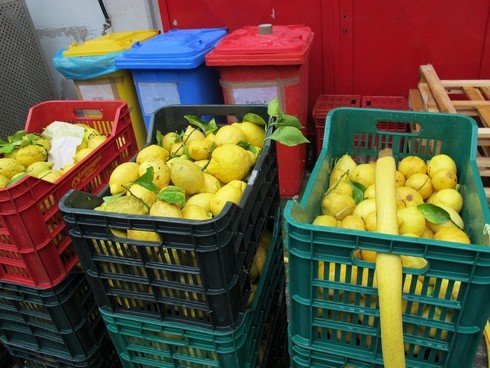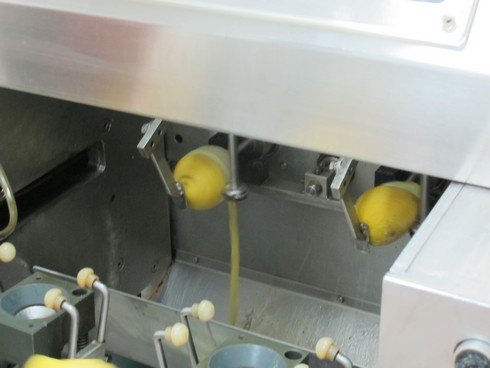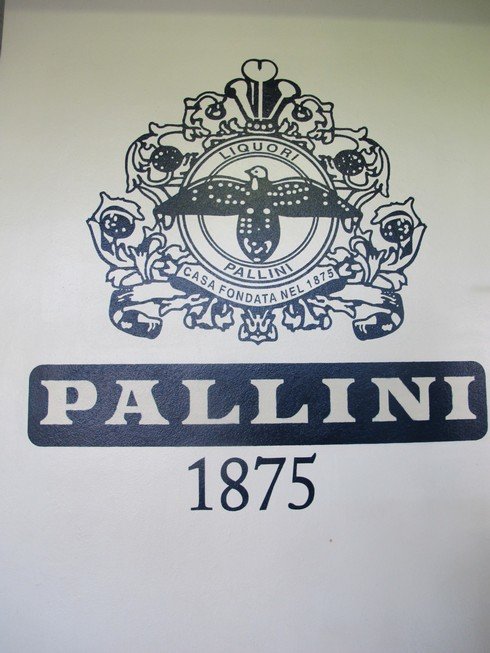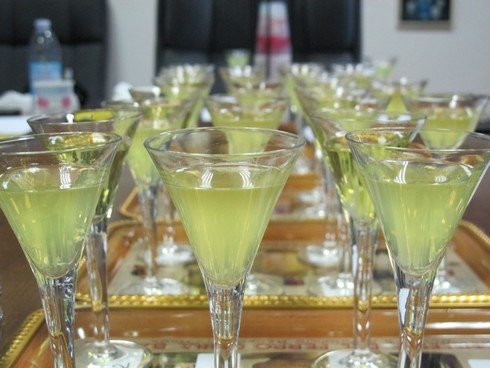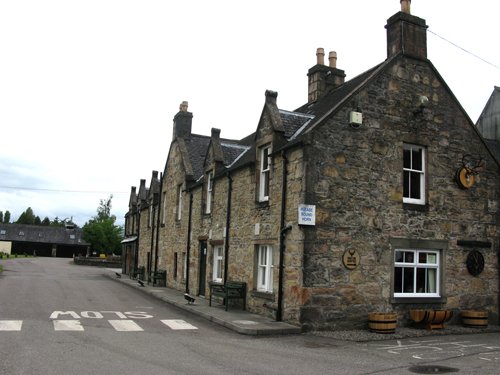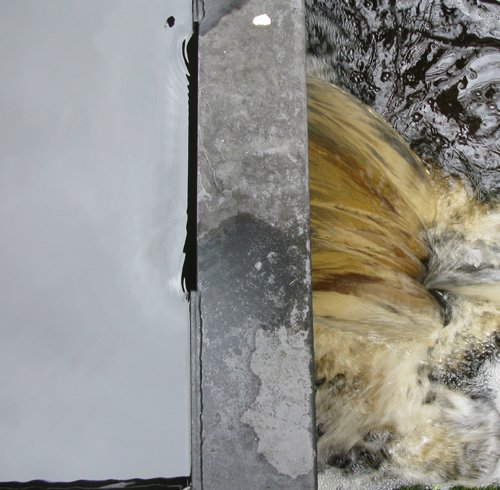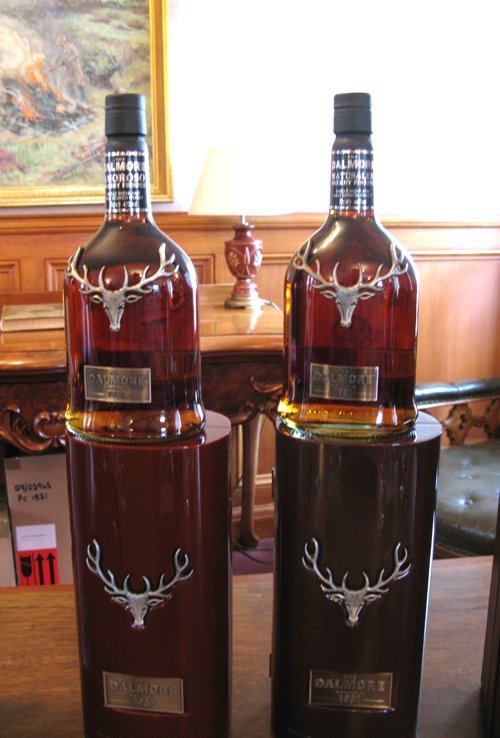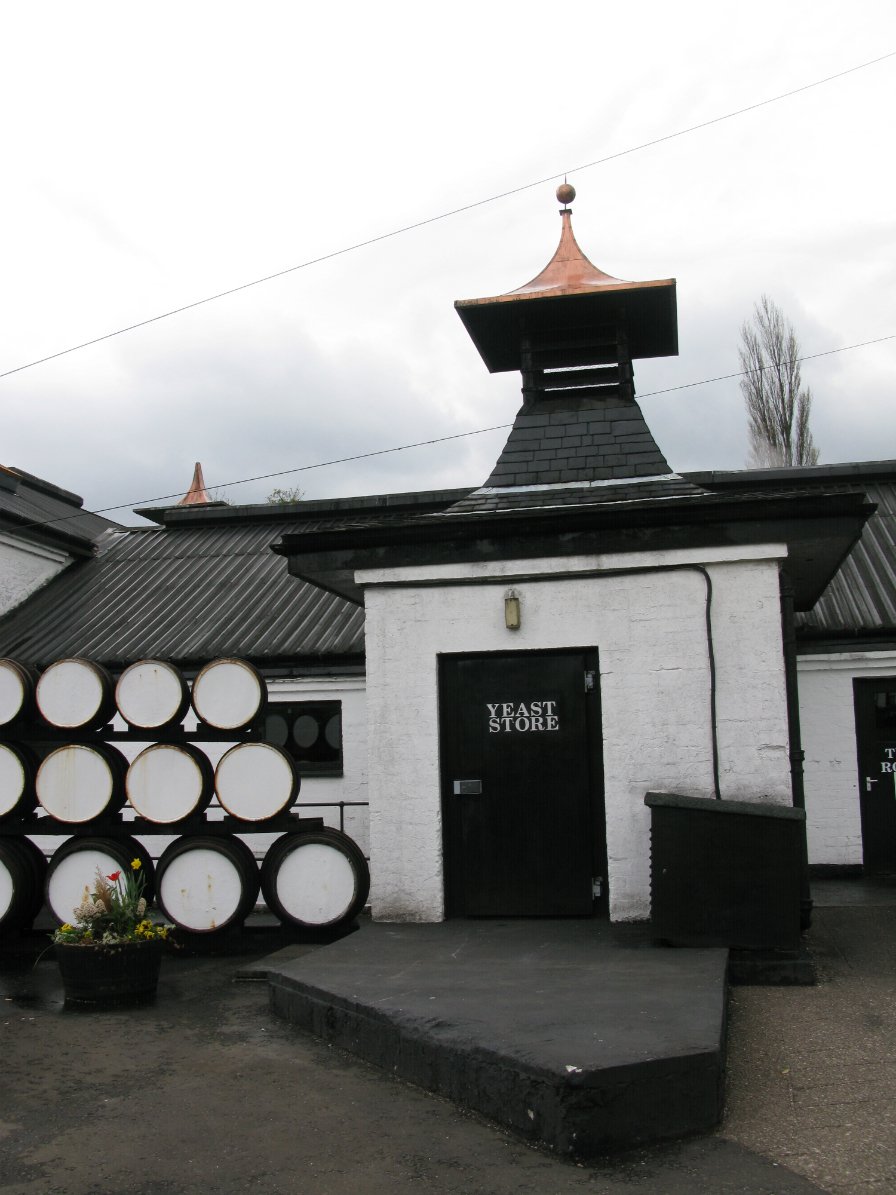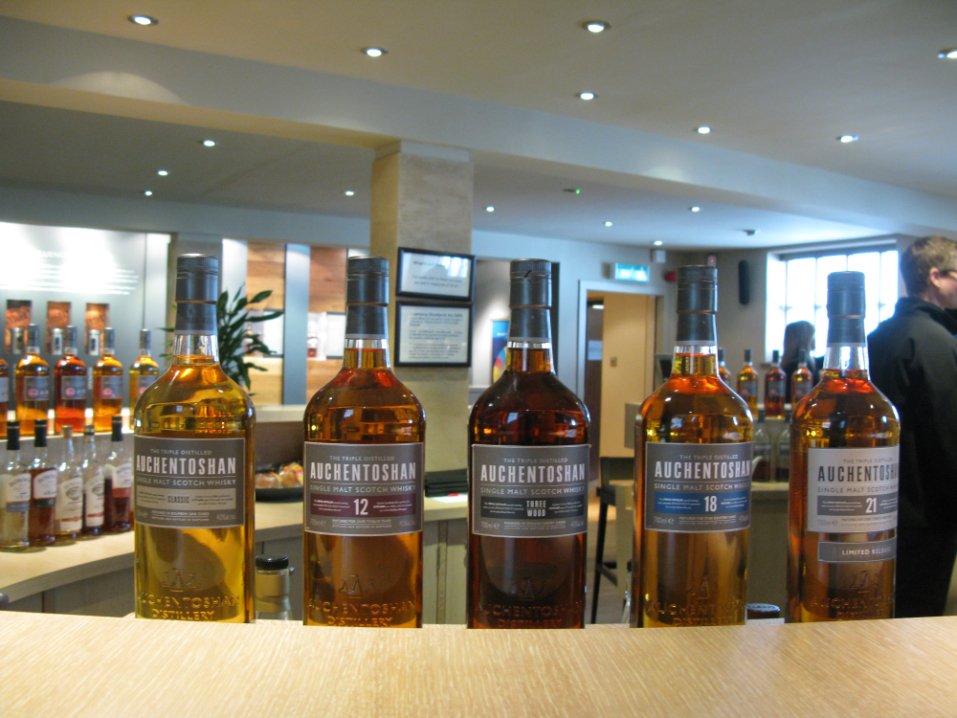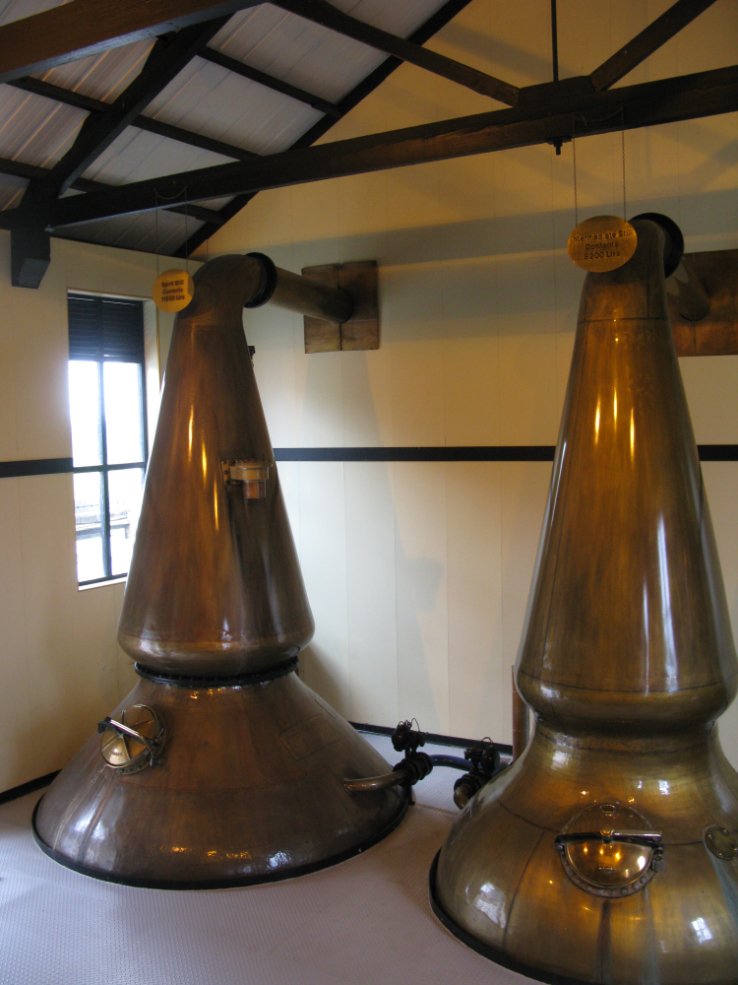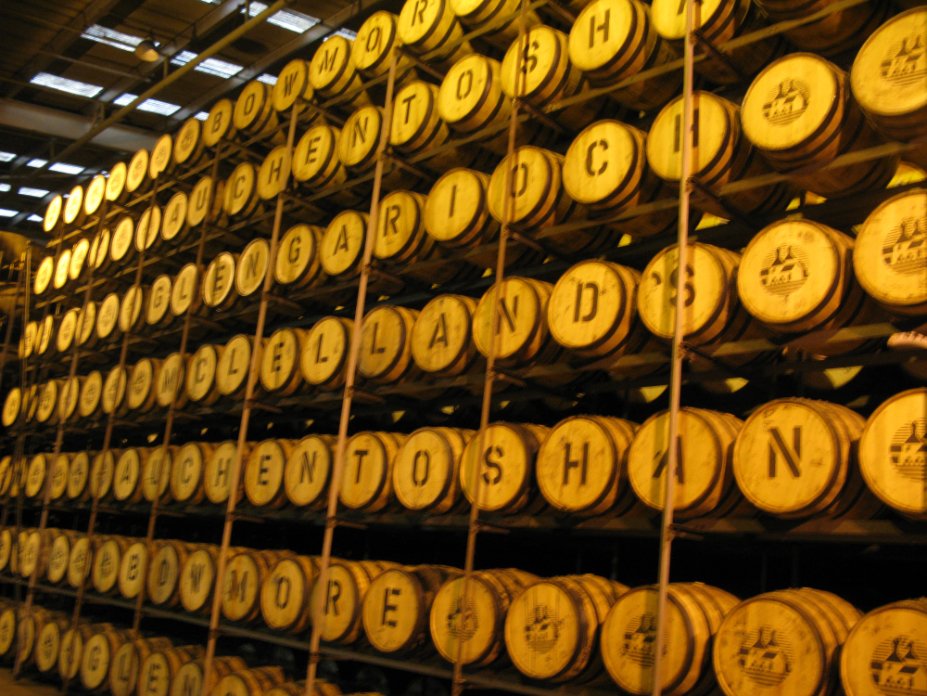Yesterday I wrote about visiting the Hakushu distillery in Japan. Today I'll write about Suntory's other single-malt distillery, Yamazaki. It is located between Kyoto and Osaka, at the convergence of several rivers. I believe they said the distillery welcomes 100,000 visitors each year.
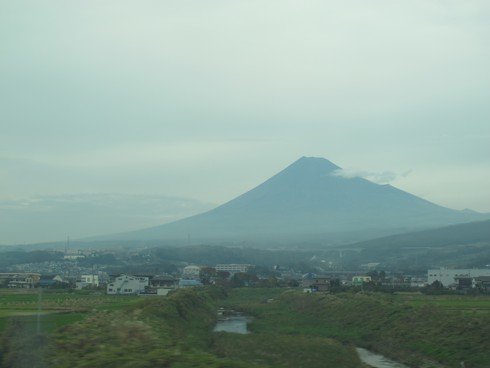
(Mount Fuji as seen from the train to Kyoto.)
The Yamazaki distillery was built in 1923 and launched its first whisky, the White Label, in 1929. That whisky is still made today.
The distillery location was chosen because of its water (as are most distilleries), also sought out by Sen no Rikyo, the inventor of the Japanese tea ceremony. One of his tea houses from the 1500s still stands nearby.
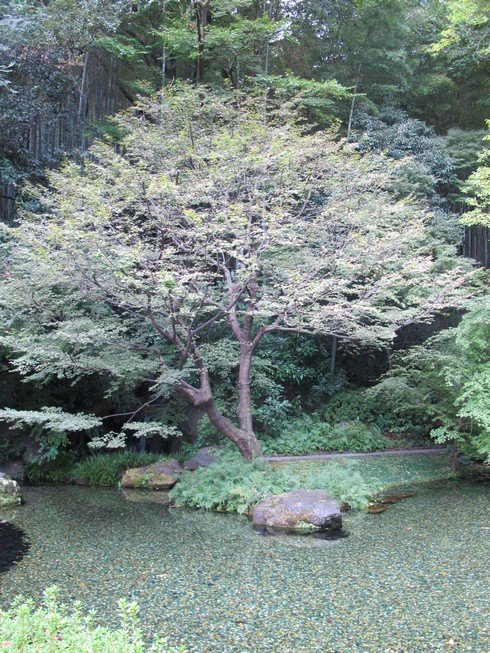
Like at Hakushu they import malted barley from Scotland, then grind it, mash it, ferment it, distill it, and age it on site. At Yamazaki they use a combination of wooden and stainless steel washbacks (fermentation vessels). They use the same yeasts as at Hakushu, but sometimes in different proportions.
They have six differently-shaped pairs of stills to make whiskies with many different flavor characteristics, further enhanced by aging in five different types of barrels.
Hogsheads (reassembled ex-bourbon barrels at a larger size), puncheons (large barrels made of new American oak), and Mizunara (Japanese oak) barrels are made at the cooperage in Japan at their grain distillery.
Spanish oak sherry butts are made for them in Spain, and ex-bourbon barrels are what they are.
Mizunara oak grows in the north of Japan, and sometimes in Hokkaido. I used to describe its flavor as similar to sandalwood incense, but on this visit I was tasting it more as a combination of sticky pine tree and cedar. Either way, it's got spice.
They still have a cask from 1924 in the warehouse (though they've swapped out the whisky) and you can see the Cadiz sherry stamp beneath the Yamazaki one.
We tasted whiskies aged in three types of oak: Mizunara, Spanish ex-sherry, and new American oak puncheons.
From the Yamazaki website, "White oak adds vanilla and coconut flavours during the aging process. Tannins and other polyphenols contained in Spanish oak casks leach into the whisky, imbuing it with a deeper reddish hue compared with white oak casks. Whiskies aged in Spanish oak casks typically have fruity, chocolate notes. Over long periods of aging the Japanese oak casks add a distinctively Eastern touch to the whisky, endowing it with sweet fragrances reminiscent of incense with a hint of citrus. This unique flavour has been gaining the Yamazaki brand new adherents around the world."
At Yamazaki they have six different still shapes, use five types of barrels, and barley at two peating levels. This adds up to 6x5x2 = 60 different whiskies produced at this distillery to be used in single malt and in blends.
Speaking of blends, the Hibiki blend is assembled at this distillery as well. (I think the lower-end blended whiskies that we don't get in the States are put together here too.) The blends have aged grain, column-distilled whiskies along with the single malts from the Hakushu and Yamazaki distilleries.
At the distillery, there is a tasting room where you can try a variety of distillery-only products like 100% sherry cask Yamazaki the 1980s and white dog.
They also have a library of their whisky experiments.
And an advertising museum. I wish they'd bring back Uncle Torys.
Now that we've talking about how they make Hakushu, Yamazaki, and Hibiki, I'll get into where and how to drink them in Japan over the next few posts.
